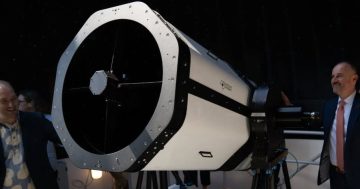
The Farnham Telescope – the only one to survive the 2003 bushfires. Photo: Dom Northcott.
Perhaps Canberra’s greatest stake in the world of science celebrates a major birthday this year, and there’s a special exhibition to mark the occasion.
The Mount Stromlo Observatory is turning 100, just as the Canberra Museum and Gallery (CMAG) in Civic opens an “interactive” new exhibition called Outer Space: Stromlo to the Stars.
Open until November 2025, it will explore “the fascinating history of Mount Stromlo Observatory” and take visitors “on a journey from past to present as they interact with digital experiences, unique objects, archival photographs, and an arcade-style game”.
Two highlights include the ‘Farnham Telescope’ – the only one to survive when the 2003 bushfires gutted the observatory – and the immersive ‘Gravitational Weave’ experience, whereby walking closer to a screen, you can see how a star changes appearance with distance.
The exhibition was officially opened by Brian Schmidt, who, in 2011, became one of only two Australians to ever win a Nobel Prize in Physics.
He was the leader of a team based at Mount Stromlo that discovered the universe’s rate of expansion was not, as was previously thought, gradually slowing down, but rather, it was “expanding at an ever-increasing rate”.
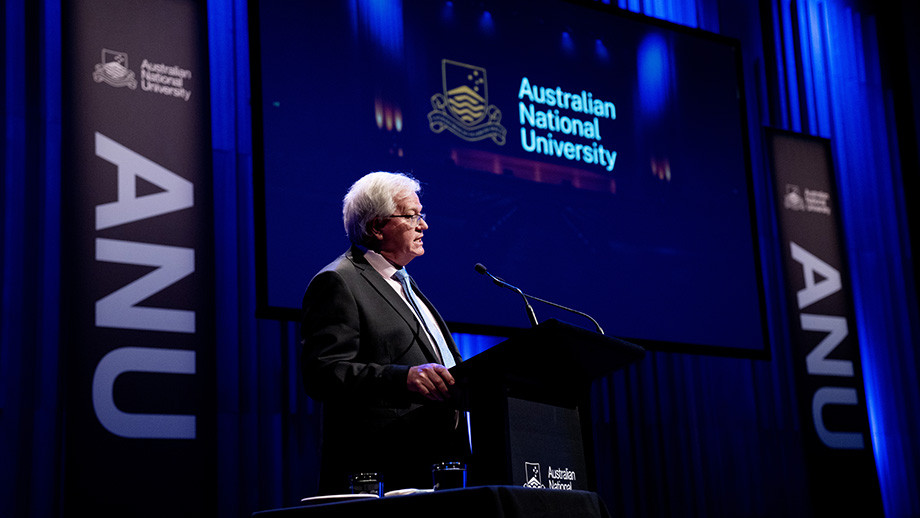
Former ANU Vice-Chancellor Brian Schmidt also has quite a history with Mount Stromlo Observatory. Photo. ANU.
Even when Schmidt arrived in 1995 as a fresh 27-year-old from Harvard University, where he’d done his PhD, Canberra was already regarded as “one of the great astronomical centres of the world”.
The observatory was established in 1924 as the Commonwealth Solar Observatory largely due to philanthropy, and its main task was to study the sun.
Its first director was Walter Geoffrey Duffield, a man Professor Schmidt described as “absolutely committed, like almost to the mentally ill form of the word”.
“Because that’s what it took to get Mount Stromlo built.”
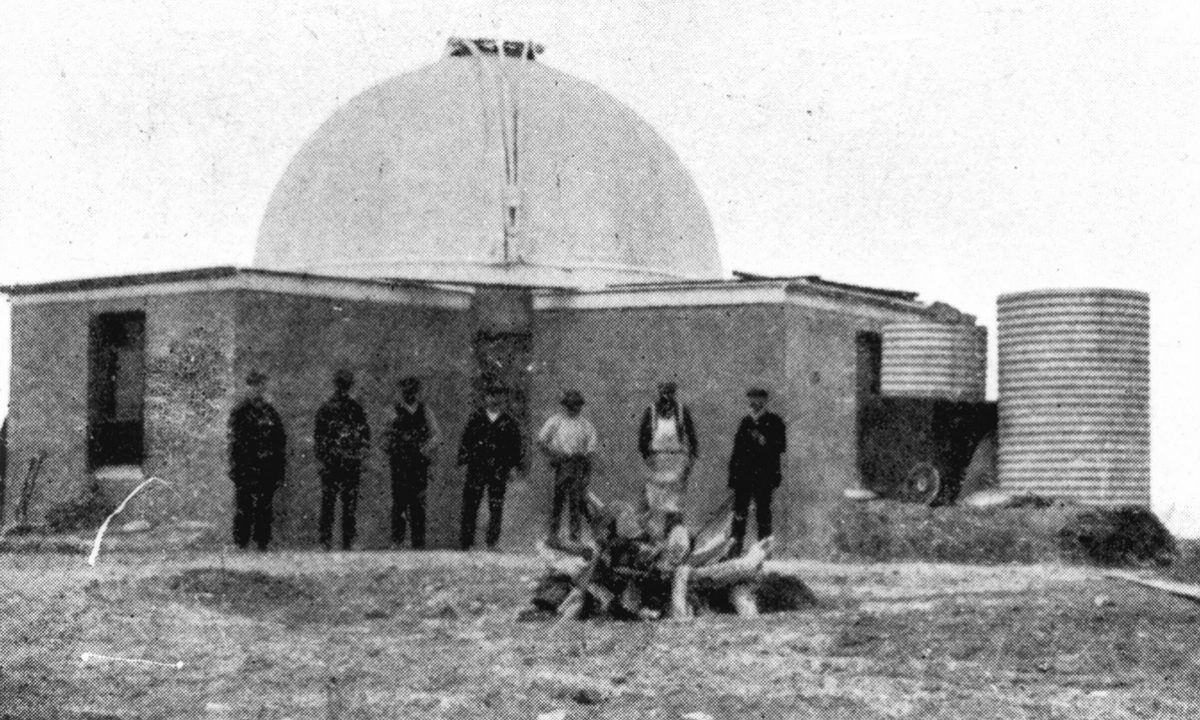
The Commonwealth Solar Observatory, soon after construction finished. Photo: Mount Stromlo Observatory, Facebook.
But the “great science” really started at Mount Stromlo after World War II, according to Professor Schmidt, when one of the lead research fellows, Clabon Allen, completed a lot of work that was “absolutely core to the worldwide effort of understanding the sun”.
“He wrote a book called Astrophysical Quantities, which was like this Bible to me. When I was an undergraduate in the US, everyone had one because it kind of contained everything you needed to know about everything.”
More recently, in 2021, Mount Stromlo premiered a powerful world-first laser designed to shunt potentially deadly space junk out of orbit.
The first, a bright orange beam visible to the naked eye, penetrates the atmosphere to pinpoint the debris and is followed by a second, more powerful but invisible laser that is fired at the junk, moving it out of orbit and out of the way of critical infrastructure like satellites.
“Yes, we have developed and continue to develop the world’s best equipment – we’ve got one of the world’s largest telescopes coming up – but ultimately, it’s the people that I think make us stronger,” Professor Schmidt said.
“It’s a place of outstanding people.”
The observatory is now the headquarters of the ANU’s Research School of Astronomy and Astrophysics. Astrophysicist Dr Brad Tucker, who helped CMAG curate the exhibition, was equally full of praise for its CV.
“I always say 95 per cent of the universe has been discovered in Canberra,” he said.
“So between Dark Energy, which was discovered and led by Brian Schmidt, and Dark Matter, which Ken Freeman led, that makes it literally 95 per cent of the entire universe. We don’t get 95 per cent of the funding, but we got 95 per cent of the universe.”
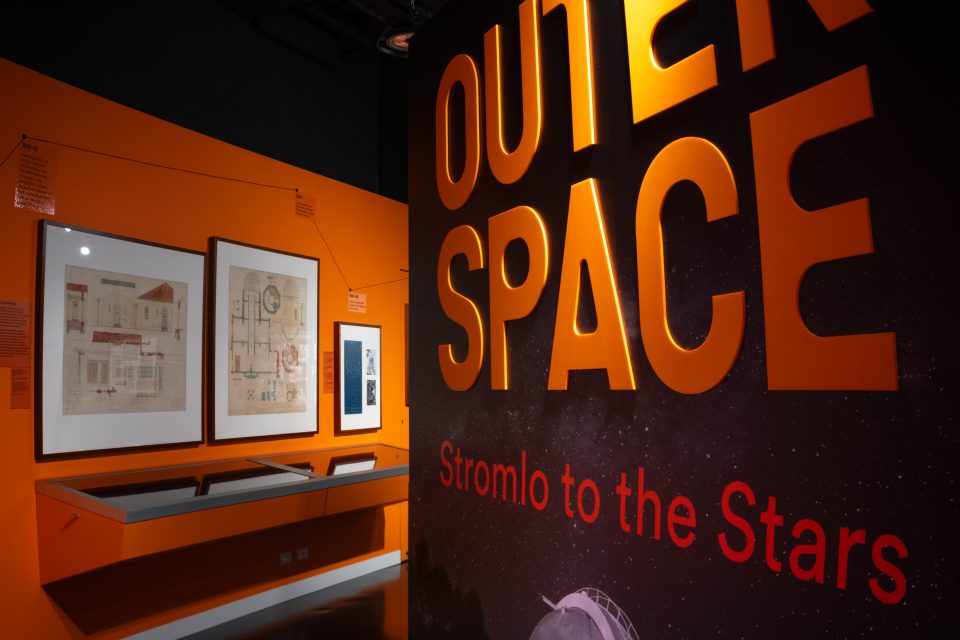
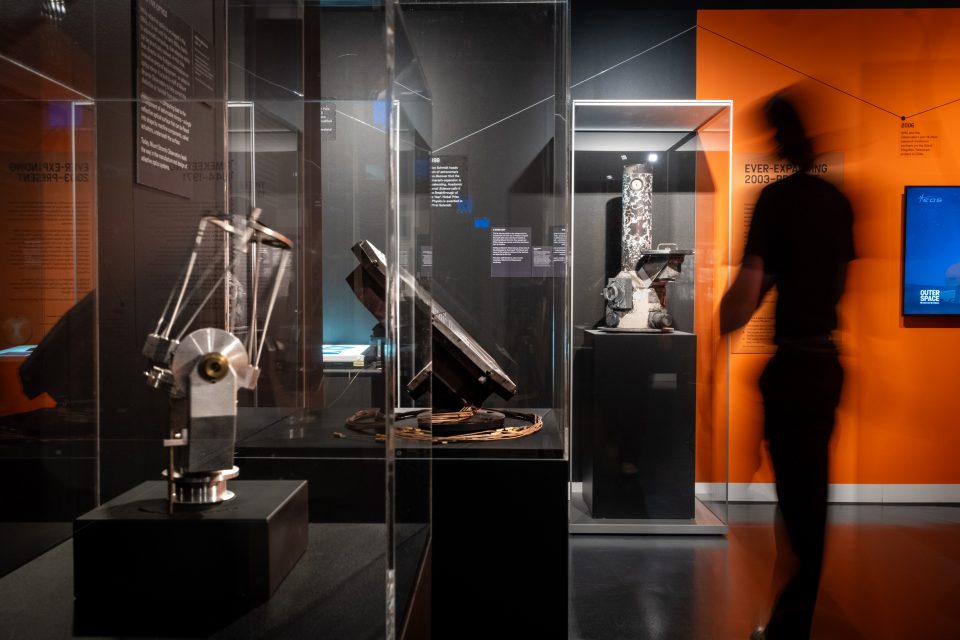
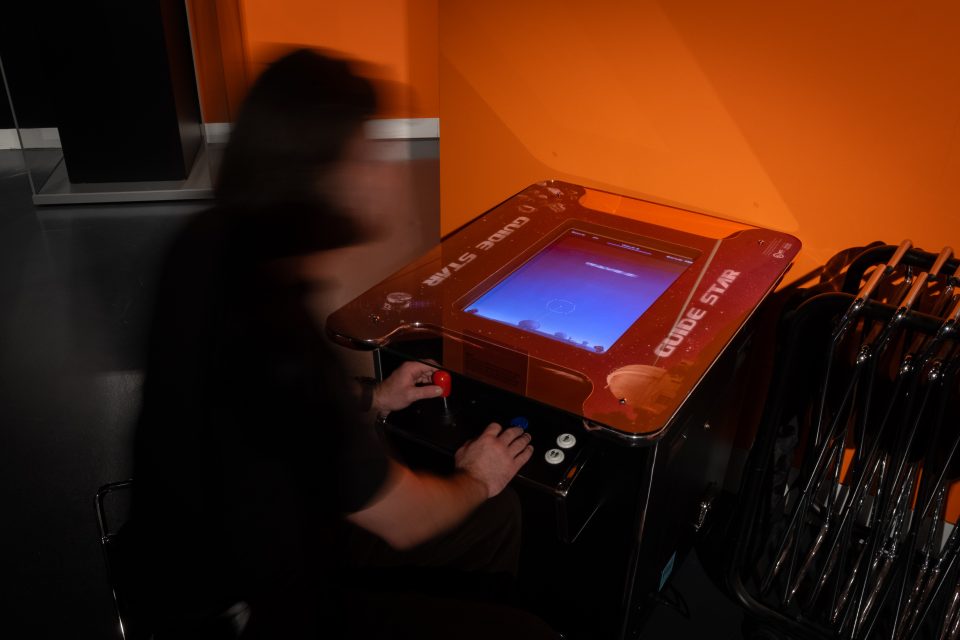
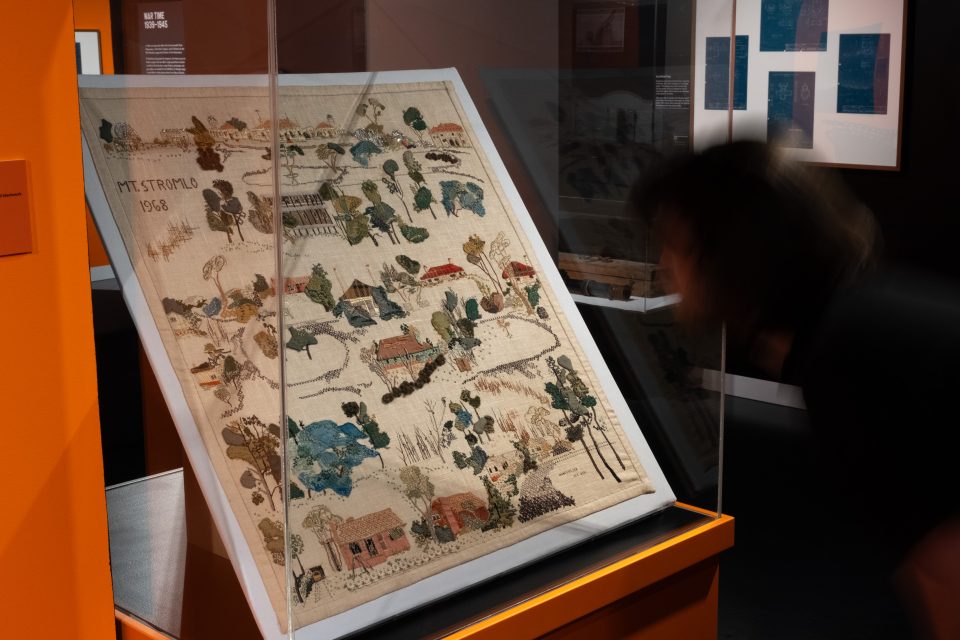

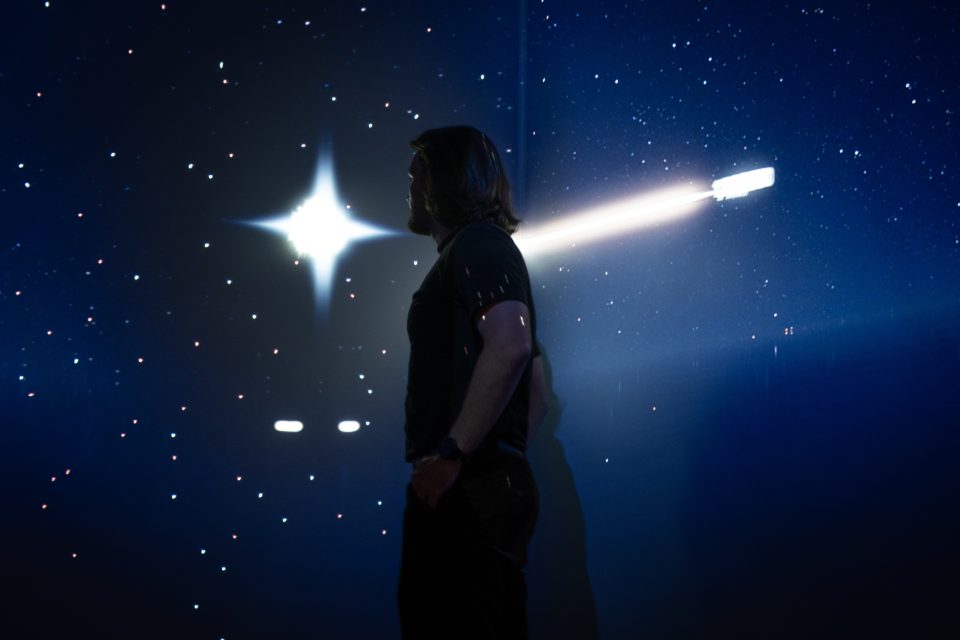
When it came to picking items from 100 years to fill two rooms at CMAG, Dr Tucker says it was “not easy to do”.
“But we wanted to focus on the people,” he says.
“It’s easy to talk about science, but it’s the driving nature of who and what has made that happen. And Canberra is full of people who have a connection to Mount Stromlo. I always meet someone whose dad worked there or lived there for two years. It’s a Canberra staple.”
We also had to ask Dr Tucker about what’s going on in the ‘Gravitational Weave’ experience.
“That’s really trying to show how the universe expands, which has been a huge part of the research at Mount Stromlo,” he began.
“So what you’re doing is, as you move closer to the screen, the stars are changing colour and brightness, and that’s what the universe does. Closer to Earth, the stars are brighter and bluer, but as you go further into the universe, things get fainter and redder, in what we call the Doppler effect of light, in the same reason the siren of a police car changes pitch as it passes you.”
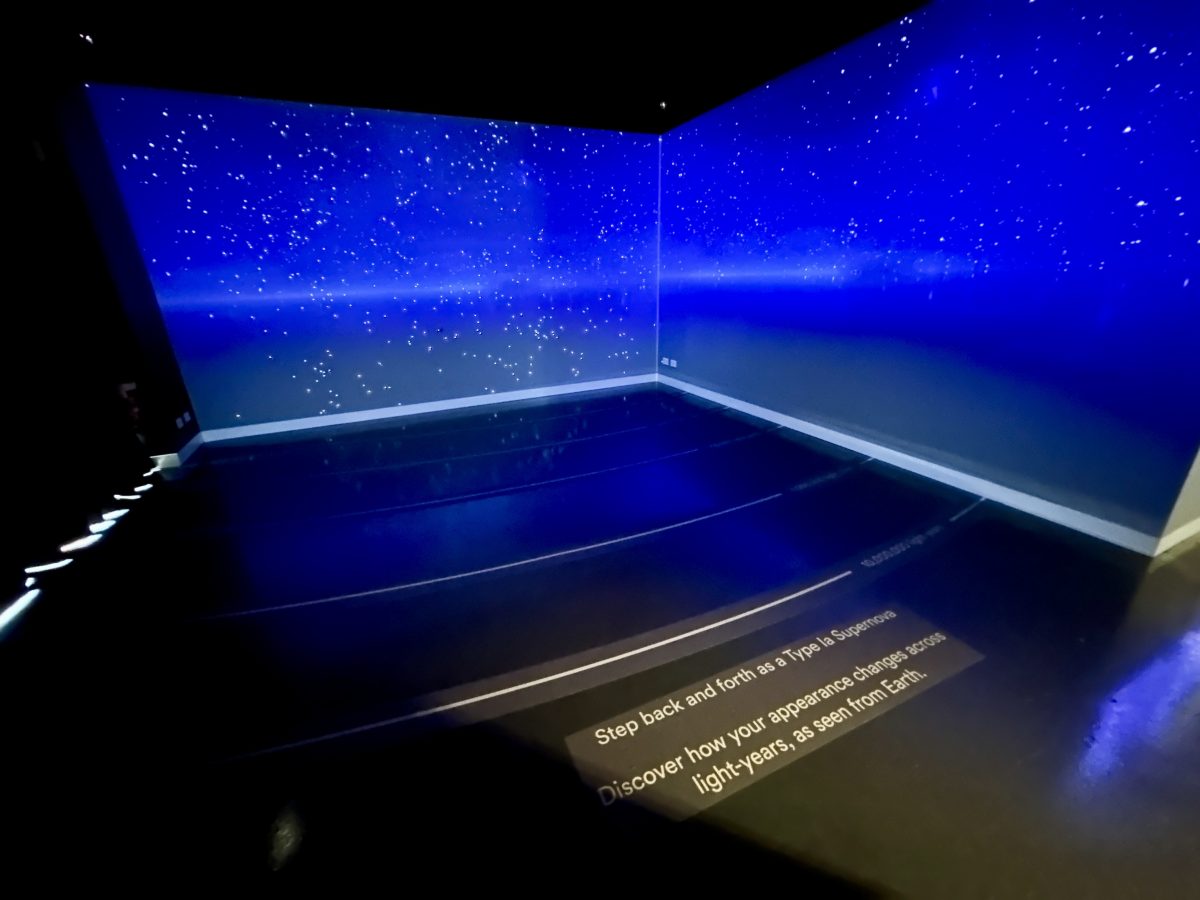
Experience the ‘Gravitational Weave’. Photo: James Coleman.
‘Outer Space: Stromlo to the Stars’ is open at the Canberra Museum and Gallery (CMAG) from 10 am to 4 pm, Monday to Friday, and 12 to 4 pm on Saturday and Sunday. Visit CMAG for more information.












